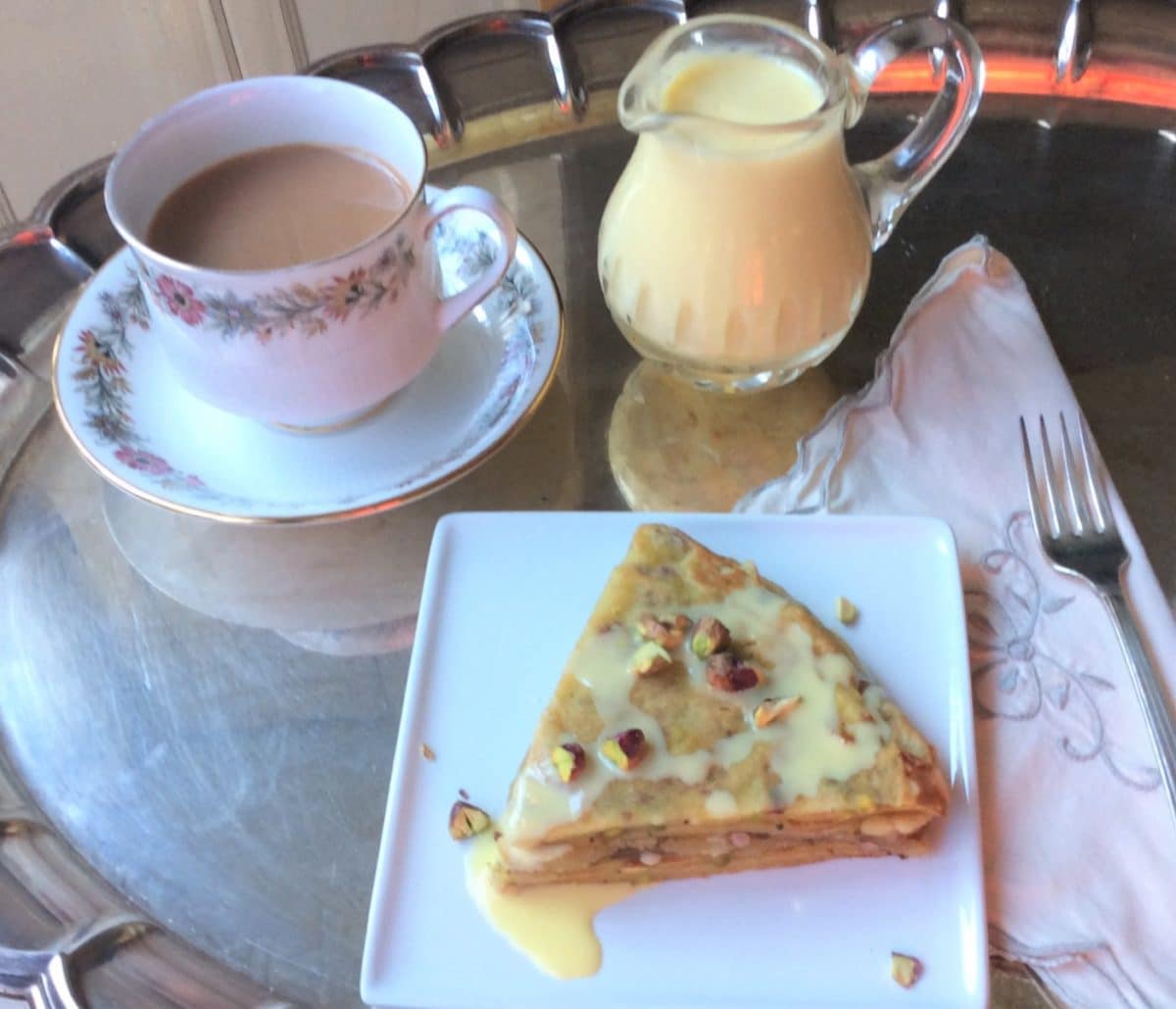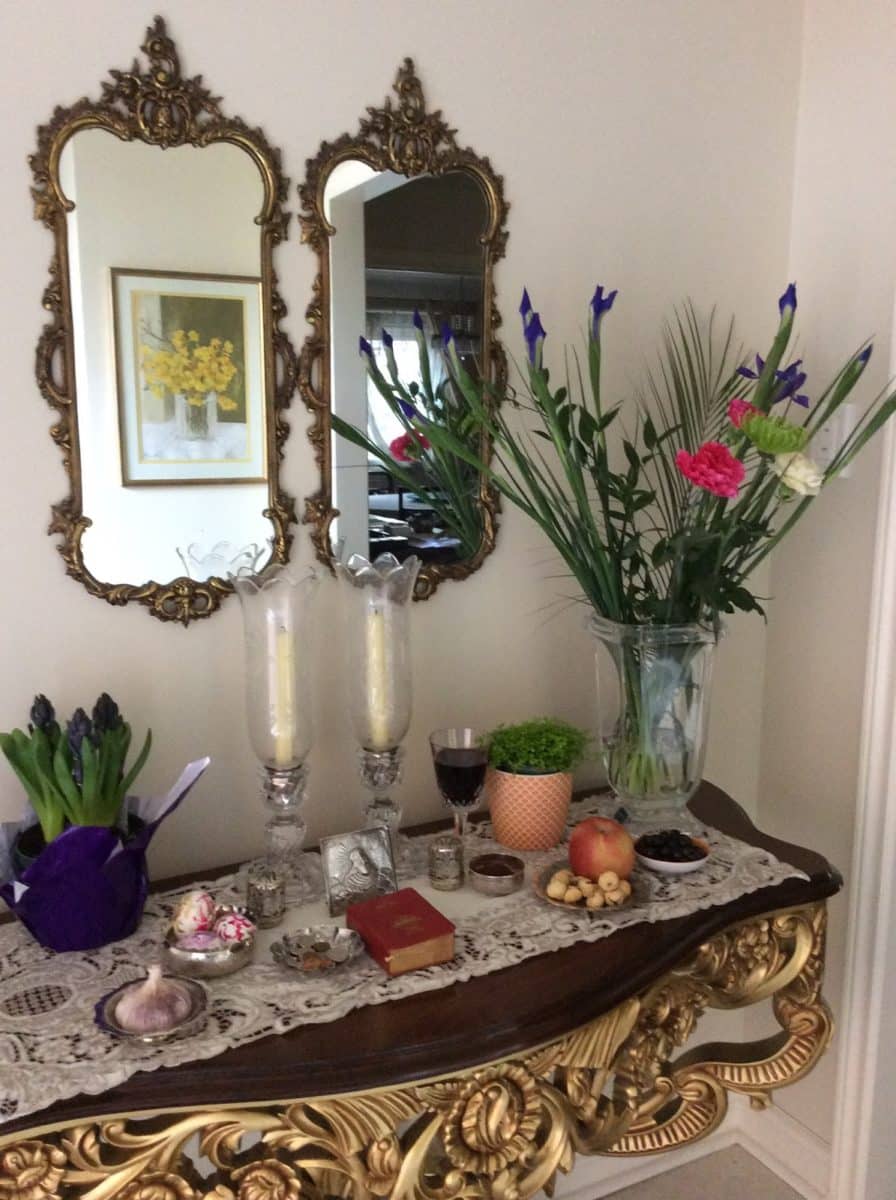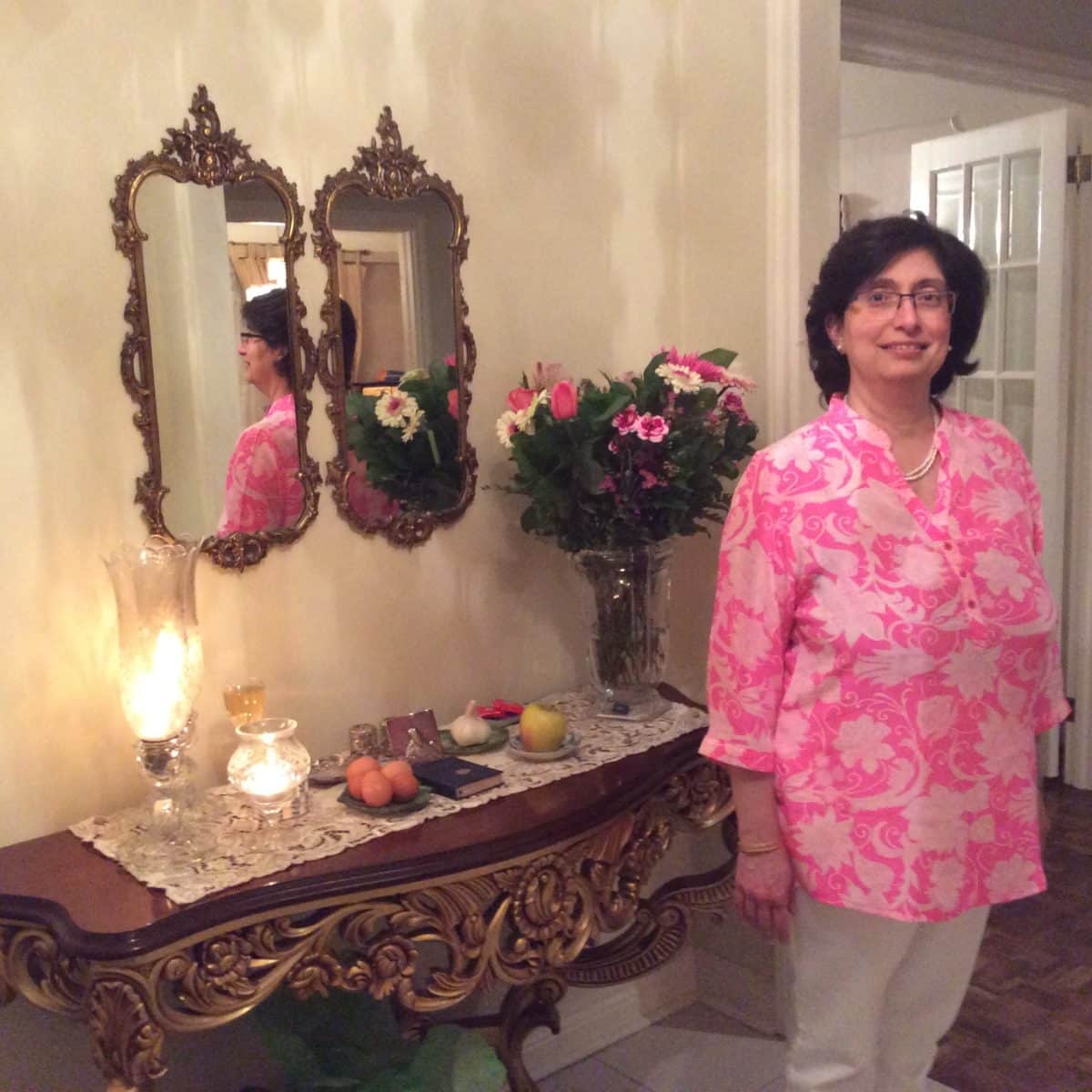The people from Pars – a province in the Persian Empire — migrated to Gujarat, India, 2500 years ago. Persecuted, most of them fled, taking with them their rich culture, heritage, traditions and cuisine. The locals referred to them as Parsis, which continues to date.
Adopting and adapting to many of the local traditions, the Parsis are a success story for India. What we lack in having a flag or a nation to call our own we make up in rather large strides in every sector of the economy. We continue to leave an indelible mark wherever we live: the Covid vaccine by the Poonawala family, Freddy Mercury, and maestro Zubin Mehta, to name a few.
Persian and Parsi food have many commonalities. Both tend to love sweets, adding fruit and nuts to both savory and sweet dishes, and cook with spices like cinnamon, cardamom, nutmeg and cloves. They also share the method of cooking meats in yogurt and milk, uncommon in other cuisines.
Saffron – the dried stigma of the crocus bulb is very special to us. Rose and citrus, like orange and lemons, are also a must in both cuisines. Vinegar, jaggery and tamarind are favorites. Eggs and garlic are incorporated in many ways. Interestingly, unrefined jaggery sugar has often been dropped from modern day recipes, but its health benefits and increasingly easier access around the world has made it an ingredient worth reviving.

Festivities like Navroze or “New Day” – Naurooz in Farsi — marks the first day of the Spring Equinox and is eagerly celebrated. Falling on March 20th/21st of each year it marks the end of winter and reminds us to cleanse our homes to start afresh for the year ahead. The occasion is celebrated with friends, families, and neighbors, sharing whatever one is fortunate enough to have.
Neighbouring countries also celebrate Navroze. It is estimated that over 190 million people mark this occasion every year.
Traditionally every home prepares a Haftseen table, a symbolic tribute to the seven creations of the universe – fire, water, air, earth, metal, the plant and animal kingdom. The table features candles, a mirror, coins, flowers, painted eggs, nuts and dry fruit, and gold fish.

In addition, seven items beginning with the letter S are offered as thanks for the abundance in one’s home, and with hope for continuity into the days to come.
Sumac – dried berry powder represents sunrise
Semanu – sweet semolina pudding
Seb – apple representing health and beauty
Sabzi – greens or lentils representing life and rebirth
Seer – garlic representing health
Senjed – olives representing love
Serkeh – vinegar representing age and patience
This festivity founded by the Zoroastrian King Jamshed the Great of the Persian Empire centuries ago continues to be an important part of modern-day Iran and is celebrated over several days.
The dining table offers a buffet to all who come visit the family bearing gifts like sweets, flowers and wine. It often has a meat, fish and vegetable. Sweets of choice and homemade cheese, laid out with fruits like pomegranates and clementines, complete the table. An offering of rose water is splashed for its perfume on guests, and each person looking into the mirror makes a wish for the year ahead, making for a light-hearted event.

While there are plenty of recipes that are prepared for this occasion, I would like to share two of them here. Intricately entwined with my Persian and Indian heritage, the first includes dry fruit and nuts and fresh coconut. Chaapat (pronounced Chaa- putt) is a simple delectable pancake – I have dressed it up with thinly rolled out marzipan between the layers and served with a crème anglaise. The other is copra na pancake using a French-style crèpe to fill with a fragrant rose and cardamom-speckled coconut filling.![]()